Acetone
€ 7,95
High purity acetone 99%. This product is suitable for removing adhesive residues, paint and resin from hard surfaces. Bottles are equipped with a child-resistant closure and offer a reliable solution for technical use. Avoid contact with certain plastics to prevent damage.
Precursor for drugs or explosives.
We are obliged to report suspicious transactions.
We ask you to fill in what you are going to use the product for.
Description
What is Acetone?
Acetone is a common solvent that is widely used in technical and industrial environments. The substance is also known as dimethyl ketone, propanone and 2-propanone. Acetone is a volatile, clear and colourless liquid with a characteristic odour and has a wide range of applications in laboratories, cleaning and production technology.
What is it used for?
In the chemical industry, acetone is used as a raw material for the production of other chemicals, such as acrylic acid and bisphenol-A. It is also used as a solvent for paints, varnishes and adhesives. In addition, acetone is suitable for removing adhesive residues or paint from hard surfaces such as metal or glass.

Chemical Properties of Acetone
Acetone is a volatile and highly flammable liquid with a low boiling point of 56.08 °C and a melting point of −94.9 °C. It is miscible with water and many other organic solvents such as benzene, diethyl ether, methanol, chloroform, and ethanol. Because of these properties, acetone is widely used in products such as adhesive removers and paint thinners.
In laboratories it is often used to dry glassware after washing, as it efficiently removes residual water and evaporates quickly, leaving a clean and dry surface.
Extensive information about the chemical properties of acetone can be found on the PubChem website.
Where can I buy acetone?
Are you looking to buy acetone for your business or professional use? Then it is important to pay close attention to the quality and purity of the product. Make sure you buy from a reliable supplier to ensure the best results.
The acetone bottles we sell are equipped with a child-resistant closure that can be opened by pressing the cap and then twisting it open. The product can then be applied to a cloth and used to remove stains, glue residue or paint from surfaces. However, it is not recommended to use it on plastic, rayon and chlorine fibres, as it can damage these materials.
Frequently Asked Questions (FAQ)
Can I use acetone to remove paint or glue residue?
Yes, acetone is widely used to remove paint and glue residue from hard surfaces. Always test on an inconspicuous spot first, especially with plastic materials.
Where can I find more information about acetone?
Extensive chemical properties and applications of acetone can be found at: PubChem – Acetone
An extremely suitable product for preventing dehydration of the skin is Vaseline.
Health and Safety
Danger
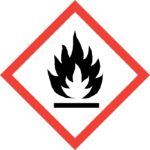 |
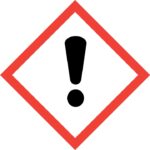 |
||
Hazard statements (H phrases)
- H225: Extremely flammable liquid and vapour.
- H319: Causes serious eye irritation.
- H336: May cause drowsiness or dizziness.
Precautionary measures (P-phrases)
- P210: Keep away from heat, sparks, open flames or hot surfaces. Do not smoke.
- P243: Take measures to prevent static electricity discharges.
- P280: Wear protective gloves/eye protection.
- First aid after skin contact (P303+P361+P353): In case of contact with skin: wash with plenty of soap and water.
- First aid after eye contact (P305+P351+P338): In case of contact with eyes: rinse cautiously with water for several minutes; remove contact lenses, if possible; keep rinsing.
- P403+P233: Store in a well-ventilated place. Keep container tightly closed.
- P405: Store locked up.
- P501.d: Dispose of contents/container in accordance with local/regional/national/international regulations.
Additional information
| Weight | 1 kg |
|---|---|
| Dimensions | 100 × 100 × 100 cm |
| Volume (L) | 1,0 L |
2 reviews for Acetone
Show reviews in all languages (3)
Related products
-
Zinc
High quality zinc pellets, ideal for chemical experiments and industrial applications. This versatile metal offers excellent catalytic capabilities and corrosion-resistant properties. Perfect for various laboratory and manufacturing processes.€ 8,95 – € 34,95Rated 4.00 out of 5Select options This product has multiple variants. The options may be chosen on the product page



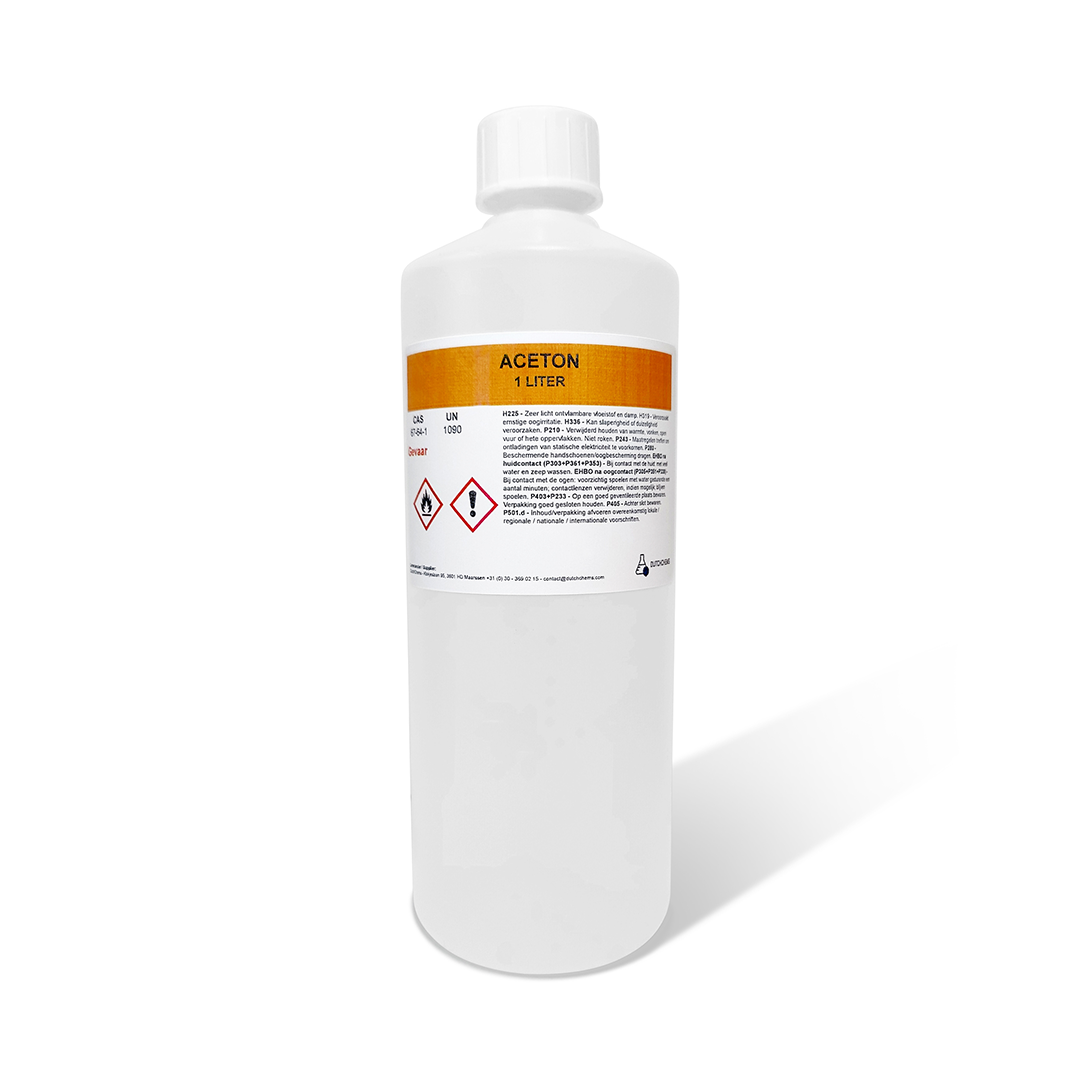
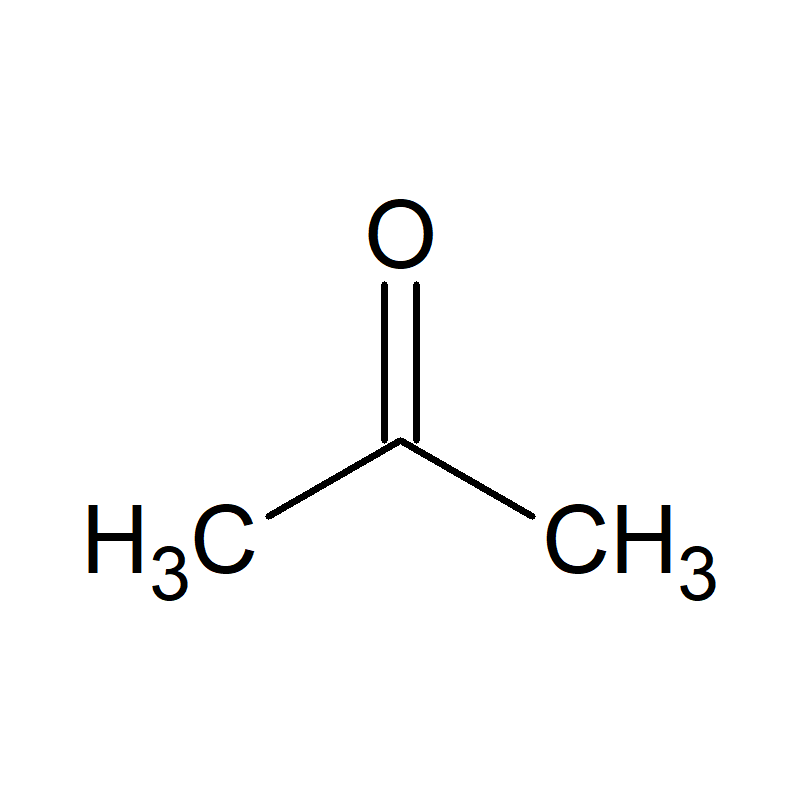
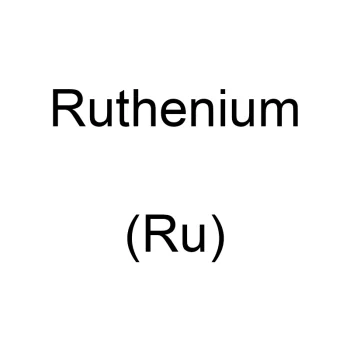
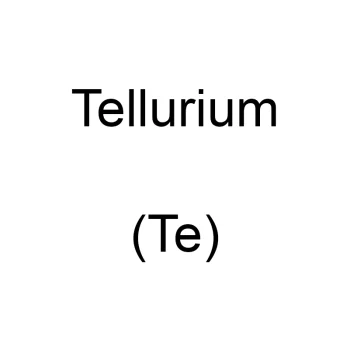
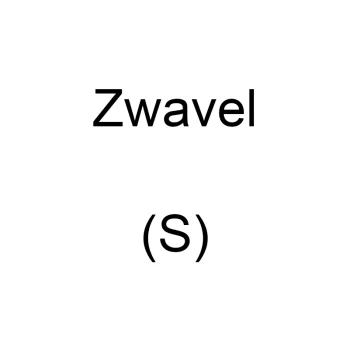
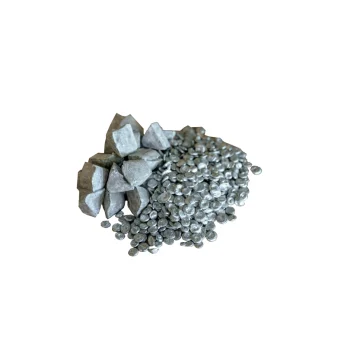
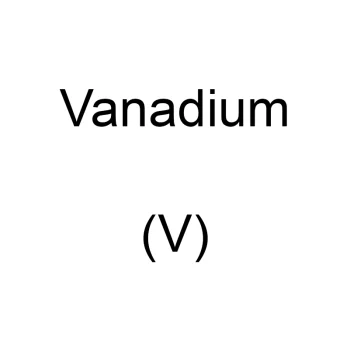
Duje (verified owner) –
The delivery ppl couldn’t find my address and didn’t deliver anything to me. Not your fault but this really sucks.
Anonymous (verified owner) –